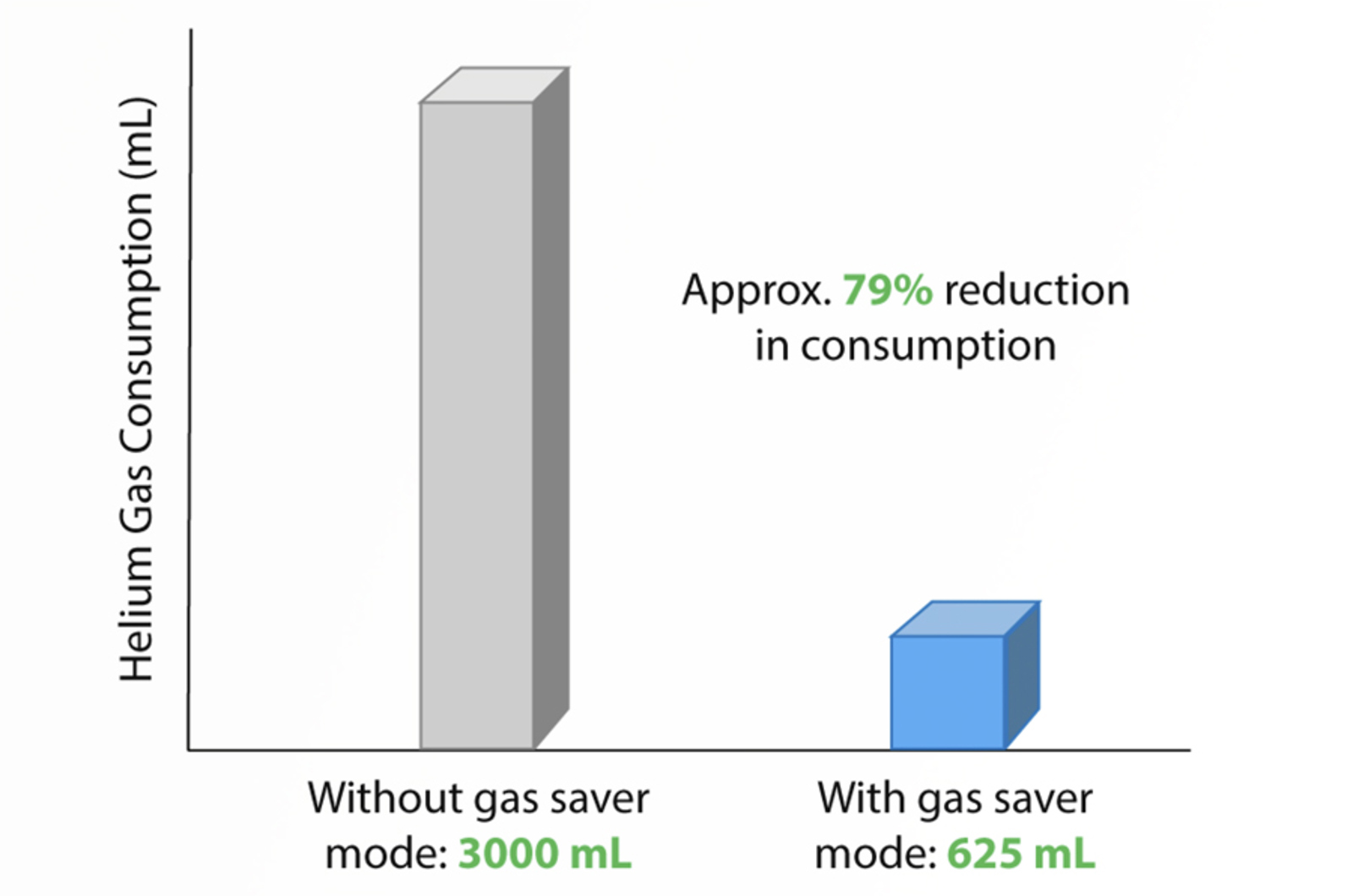GC Without Using Helium Carrier Gas
A learning path on GC without helium carrier gas covers alternative gases like hydrogen and nitrogen, their impact on efficiency, resolution, and detector compatibility. It includes optimizing flow rates, column selection, and safety considerations. Practical strategies focus on method adaptation, instrument tuning, and minimizing drawbacks for reliable chromatography.
4 Webcasts 5 Quick Guides
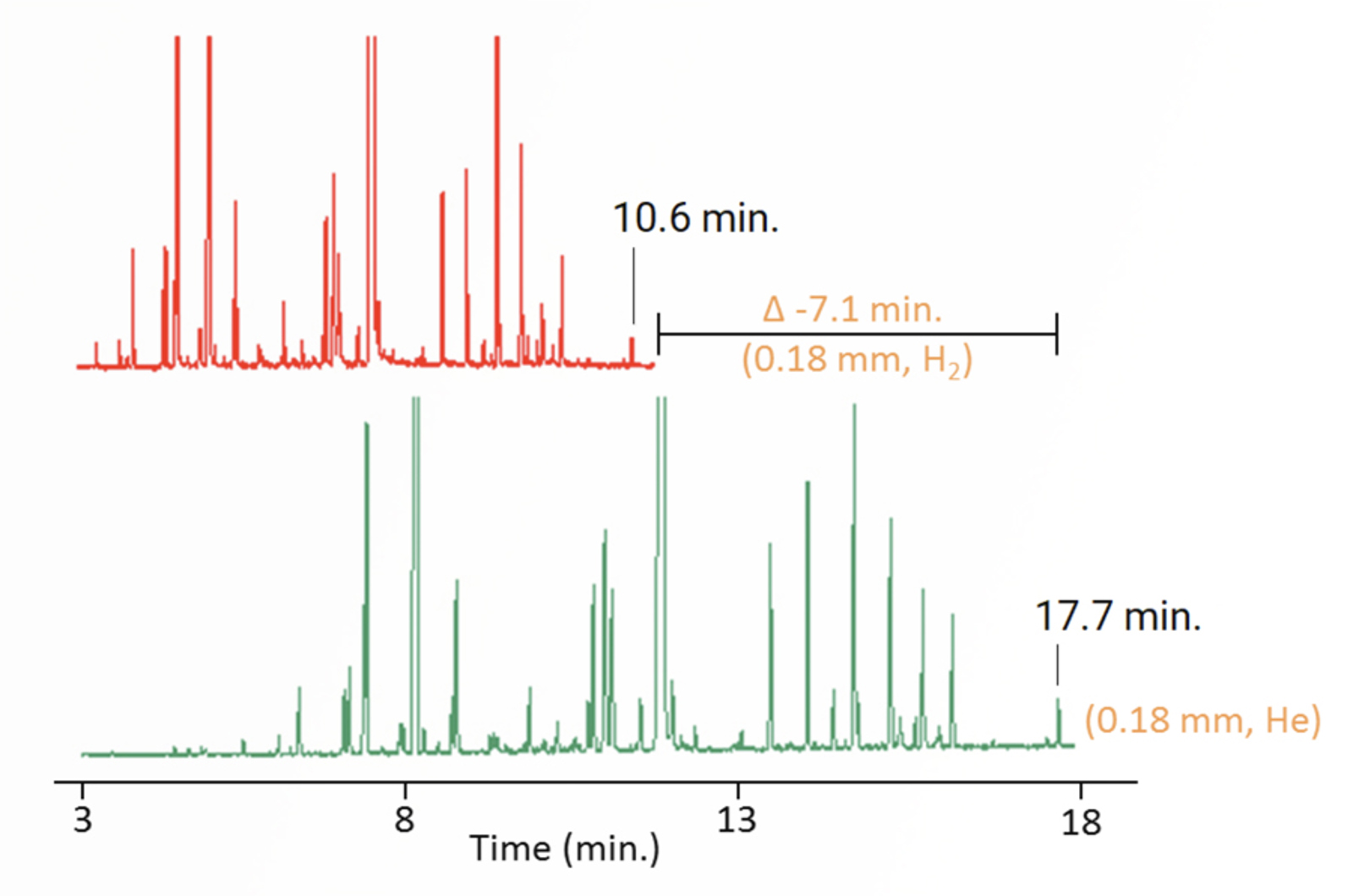
9 Items
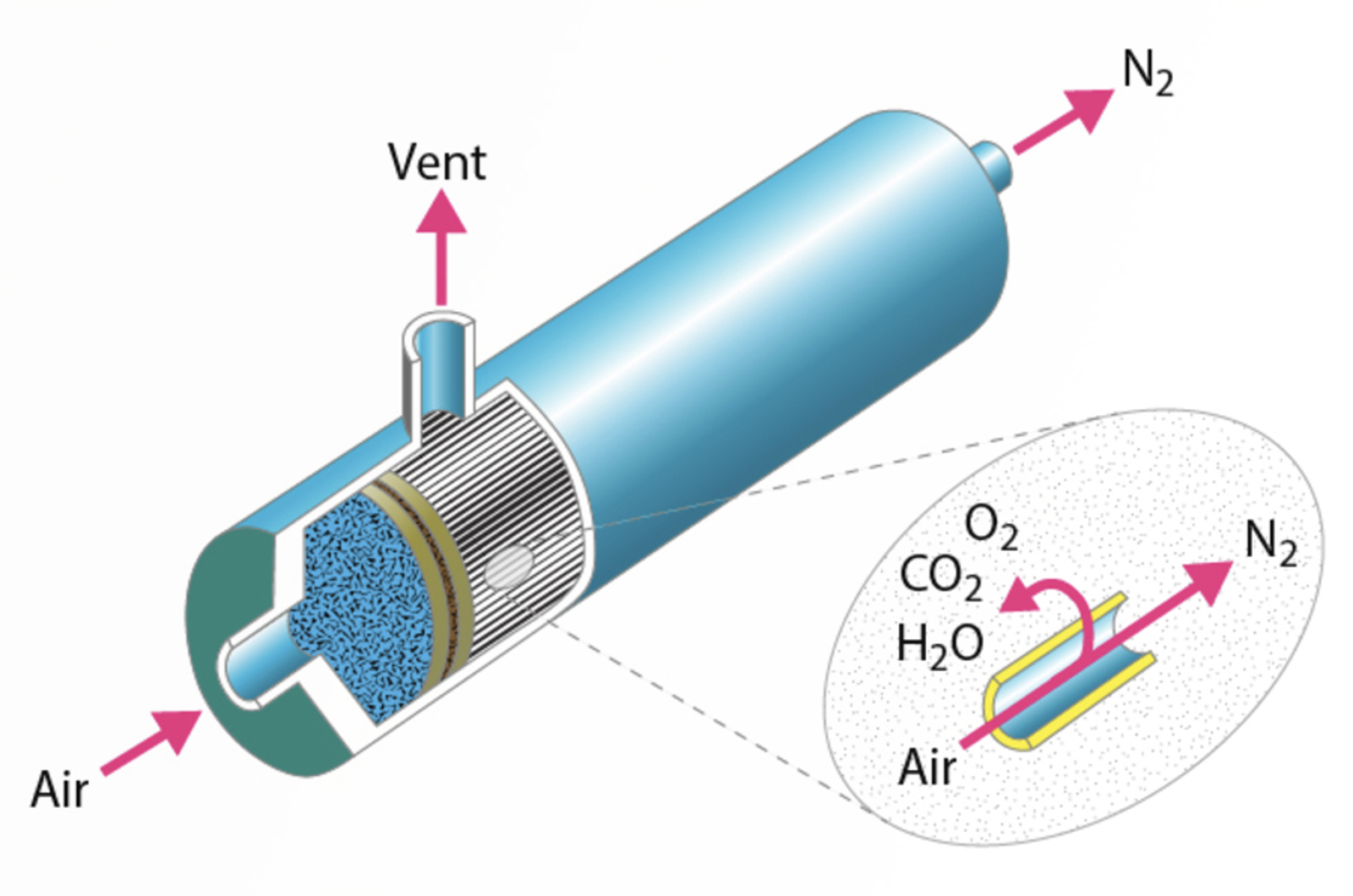
Nitrogen as a Carrier Gas for Capillary Gas Chromatography
This educational event will explain how to identify methods which may be compatible with nitrogen carrier, and shows how method translation can be used to establish acceptable chromatographic performance. We will also discuss the use of narrower internal diameter capillary GC columns to give comparable performance to existing methods and for high efficiency when developing new methods with nitrogen carrier.
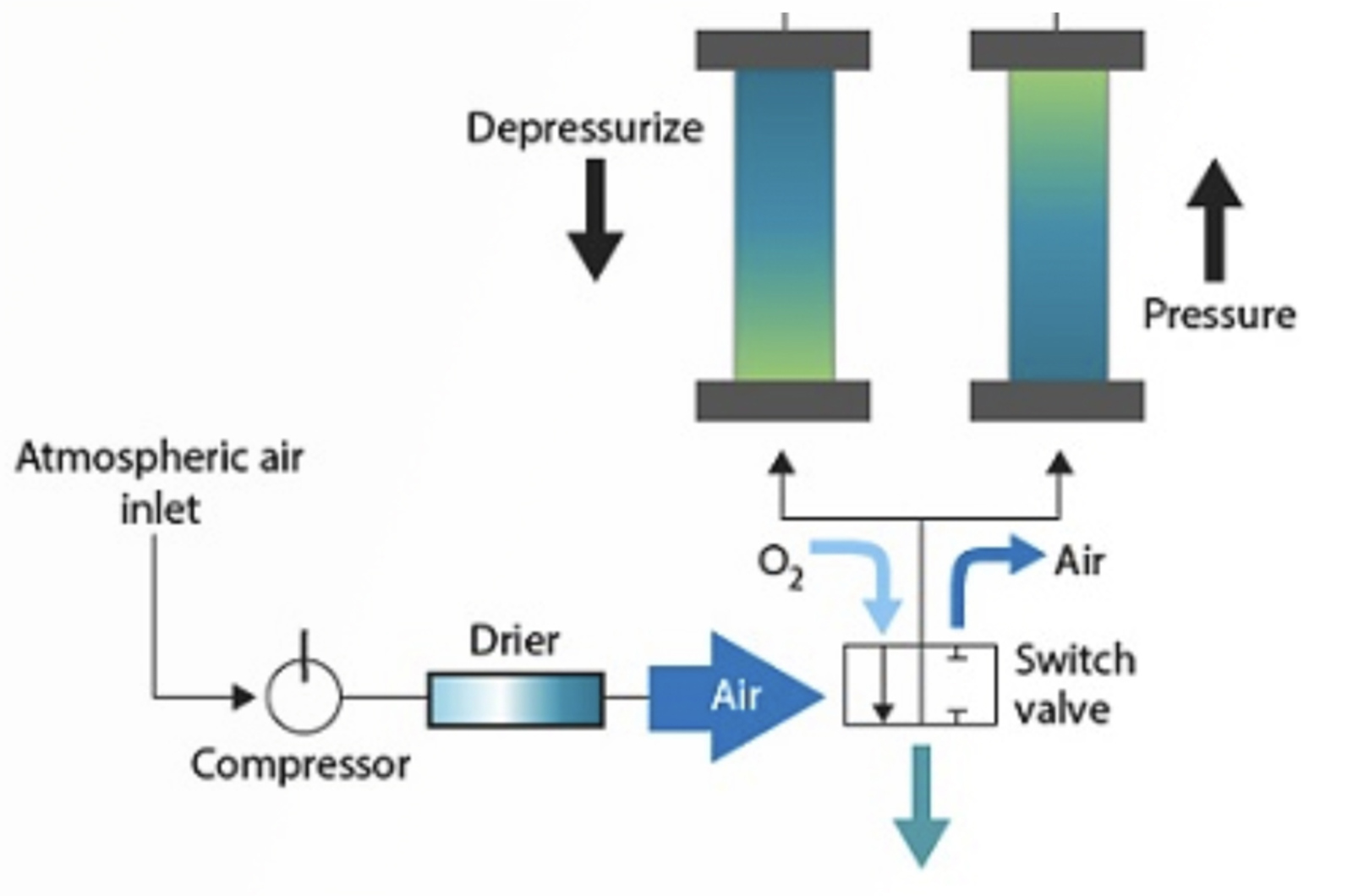
What You Need to Know About Gas Generators
Gas generators are commonplace in many laboratories, however, what do we need to know when selecting, using, and maintaining a gas generator?
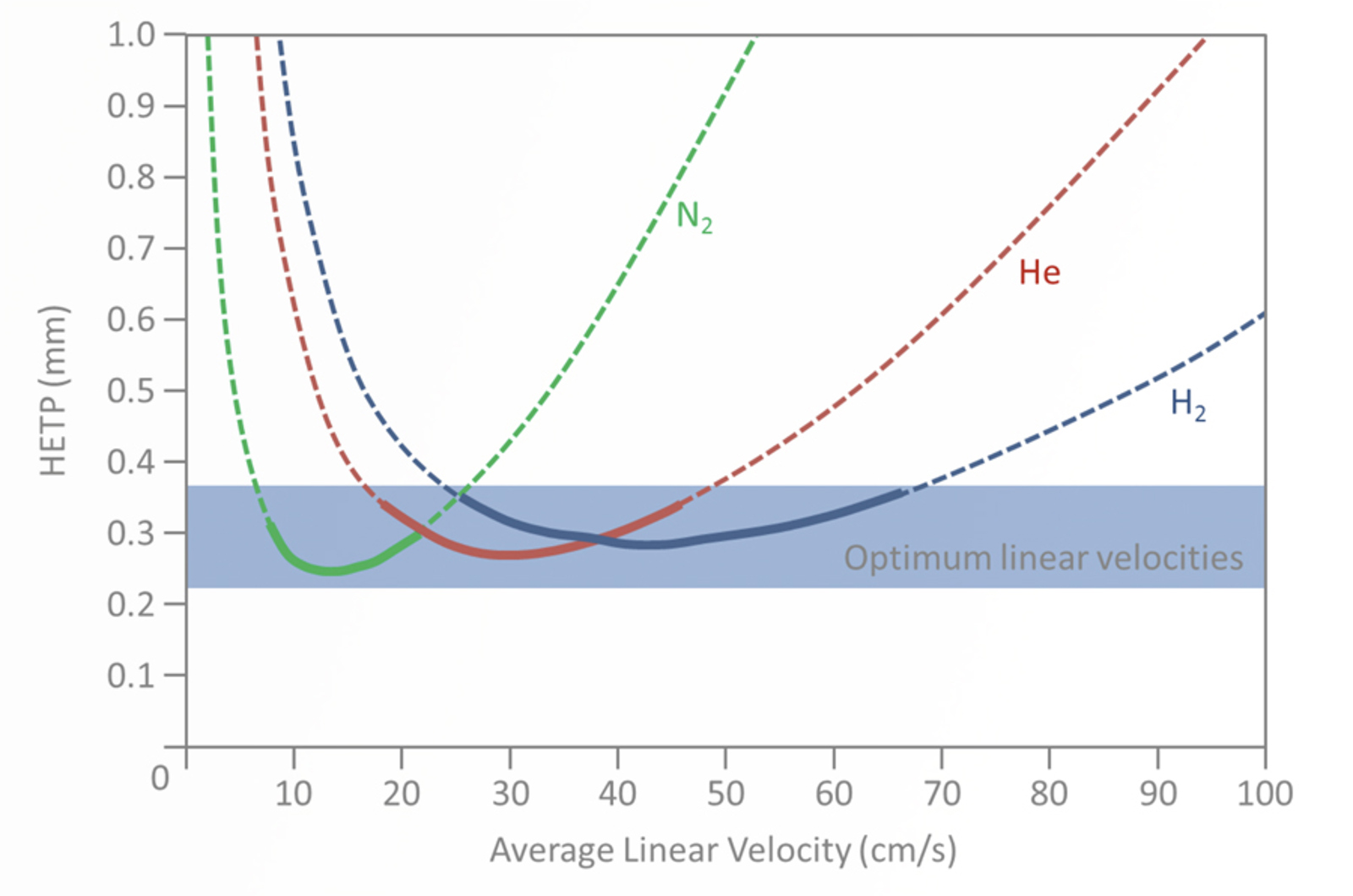
Translating to Hydrogen Carrier for GC – A Practical Perspective
In this webcast the various reasons for translating GC methods to hydrogen carrier are explored including improved chromatography and faster throughput. The chromatographic benefits of adopting modern column geometries in conjunction with hydrogen carrier gas will also be discussed. We will highlight a very practical approach to method translation based on experience, and we will feature many tools and calculations which can be used to ease the translation experience, and maximize the benefits!
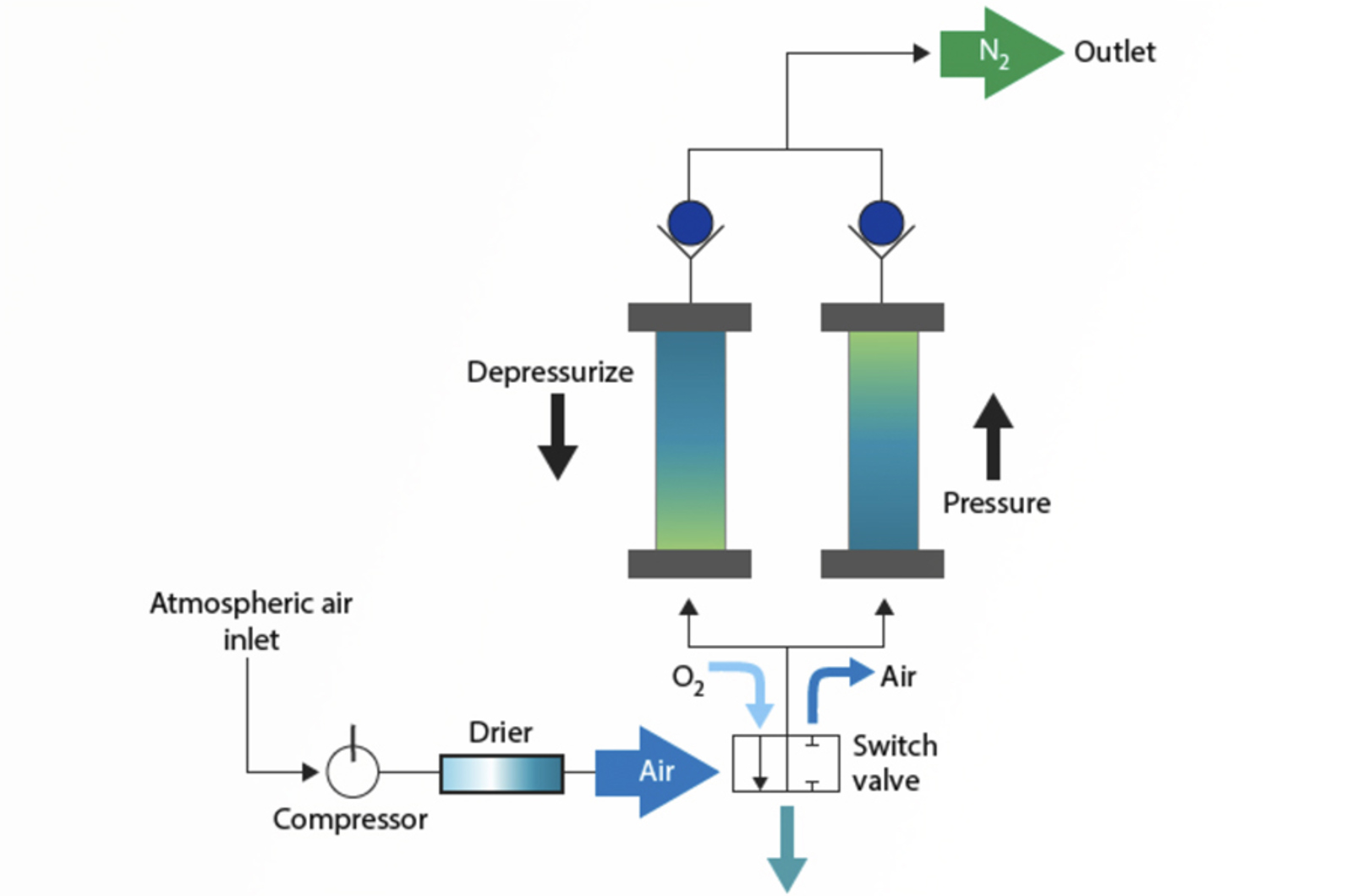
Quick Guide to Using Nitrogen as a Carrier Gas for Capillary GC
Helium is the most routinely used carrier gas for capillary GC, however, with the pressure of limited worldwide supply resulting in its increasing cost there have been moves to use alternatives. Some laboratories are turning to often forgotten nitrogen. Although there has been little favor shown to nitrogen in recent years due to the desire for faster analyses (nitrogen produces longer run times) it is a highly applicable carrier gas for many capillary GC separations.
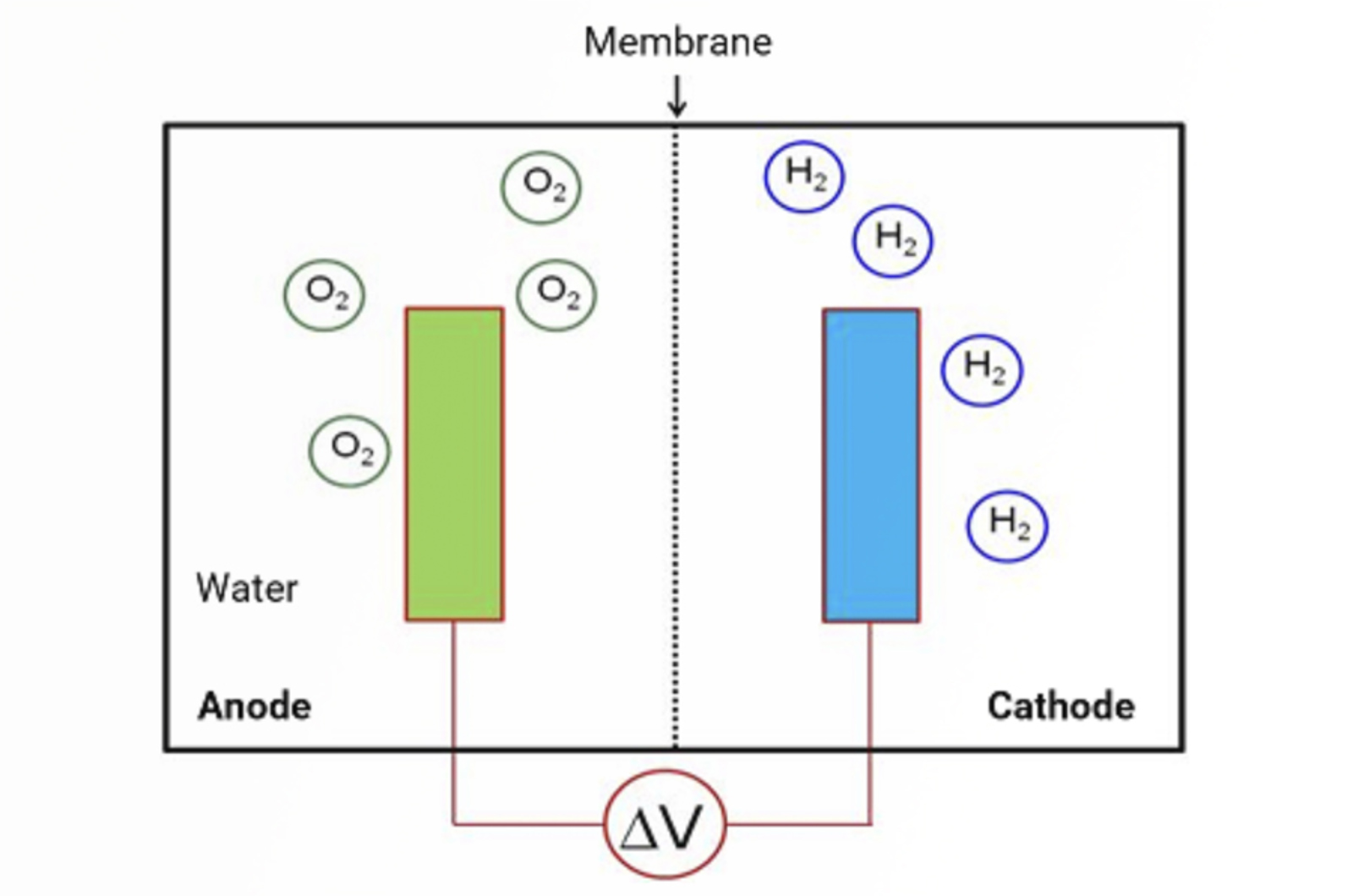
Translating GC Methods from Helium to Hydrogen Carrier Gas
This webcast will provide practical information on how to change methods quickly and simply to hydrogen carrier gas. The chromatographic benefits of adopting modern column geometries in conjunction with hydrogen carrier gas will be discussed. We will discuss regulatory challenges, such as, the need for method re-validation and approaches to verifying translated methods.

Is Hydrogen the Best Carrier Gas for GC?
Is hydrogen the best carrier gas? And if so what benefits can we gain from using it?
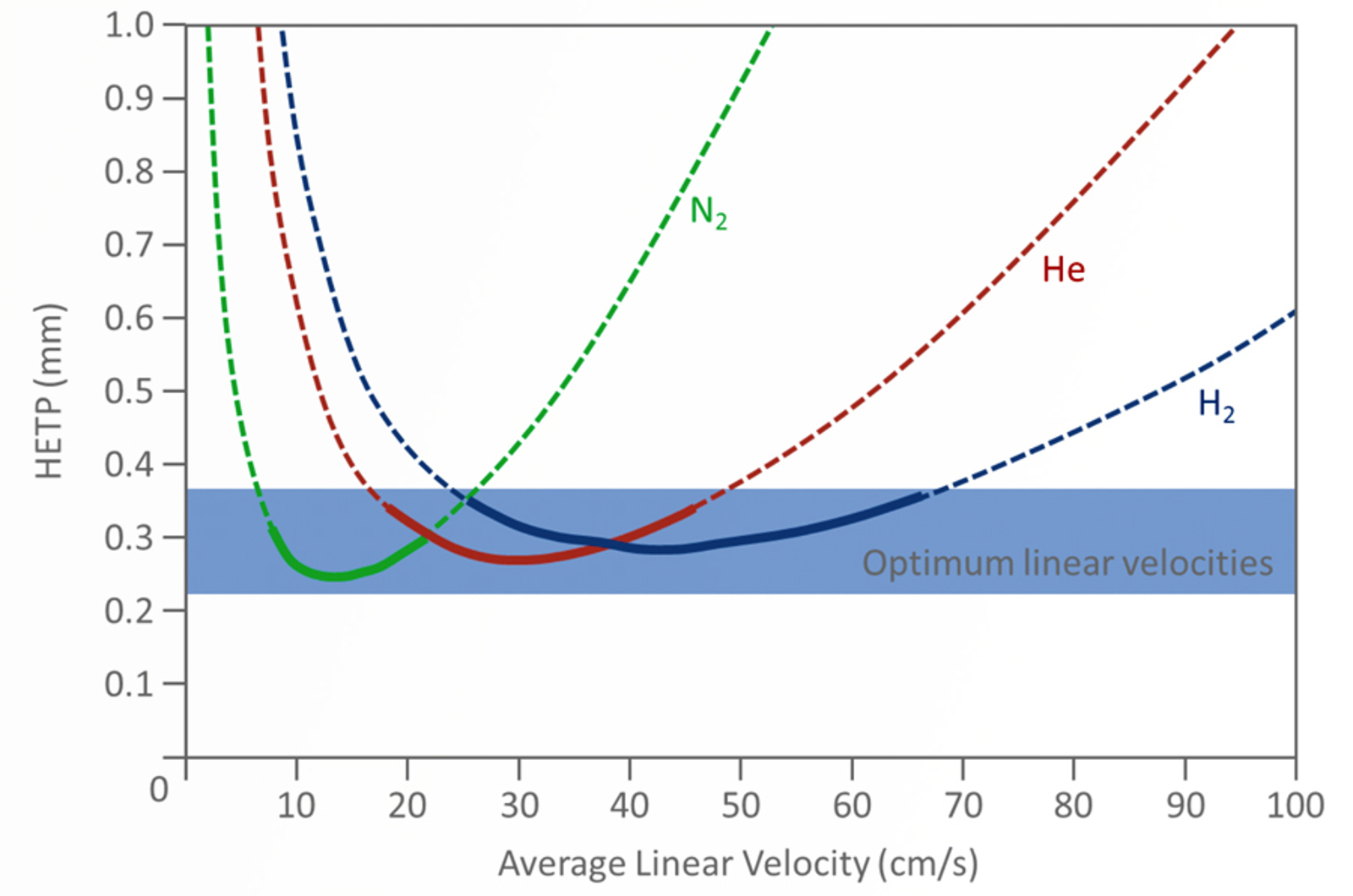
Helium to Hydrogen - A Change Would Do You Good
Change is always a scary concept but let us dispel some of the fear associated with changing your helium carrier gas to hydrogen by answering some of the most common questions posed to us.
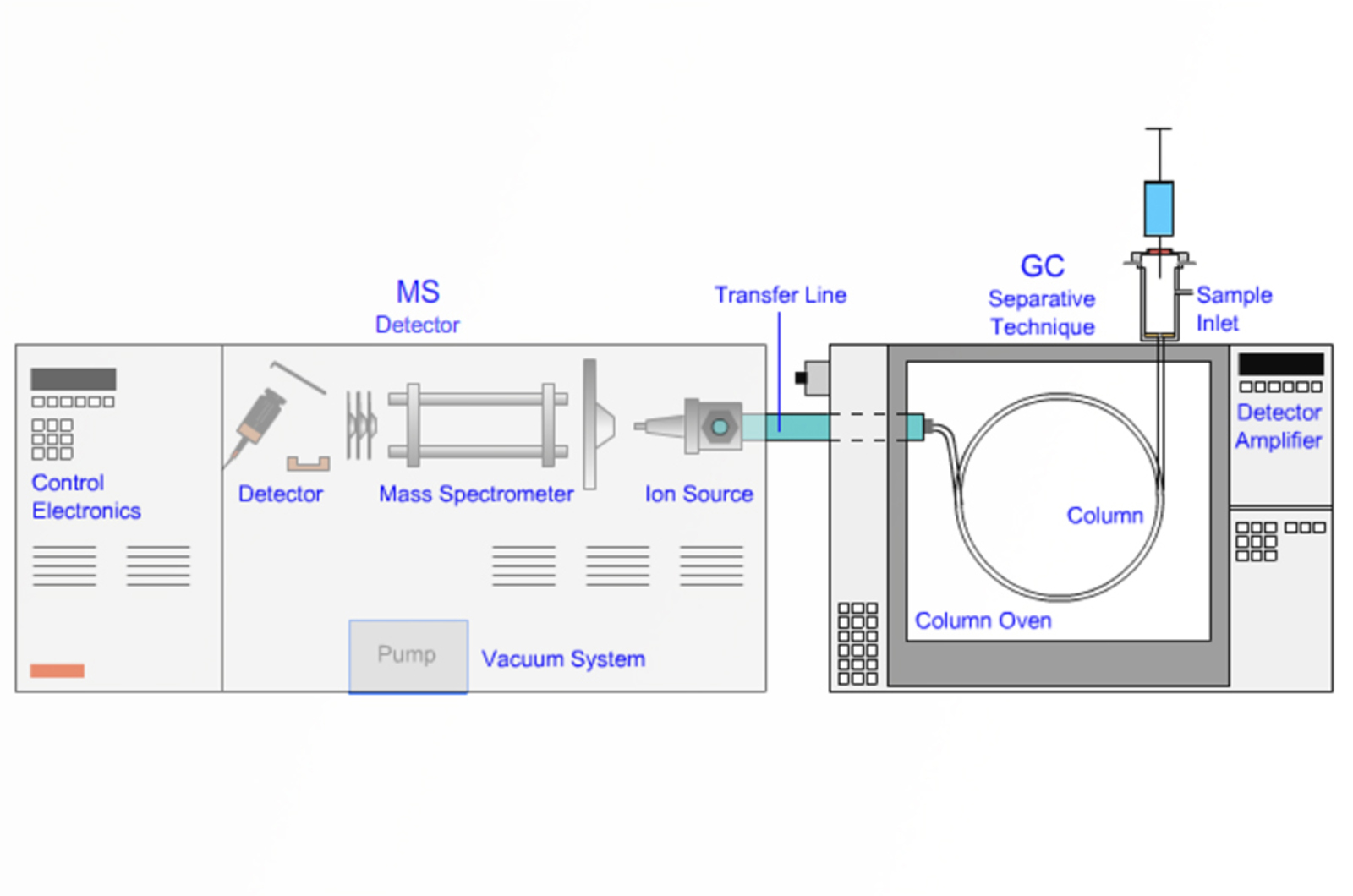
Translating GC and GC-MS Methods
The definitive guide for translating GC and GC-MS methods. We explore the various reasons for translating methods including improved chromatography, faster throughput, adopting modern column geometries, and switching to hydrogen carrier from helium. All aspects of instrument hardware and method variable translation will be detailed.

